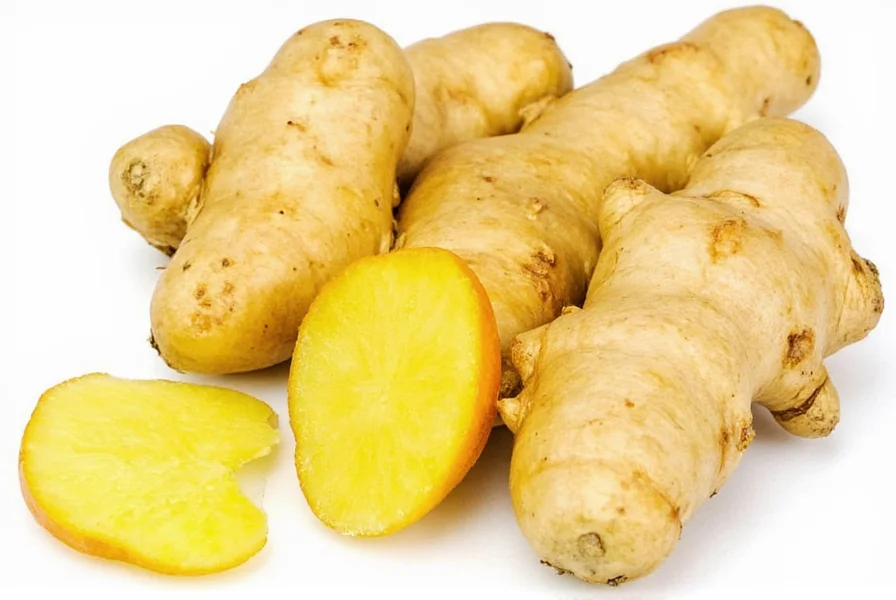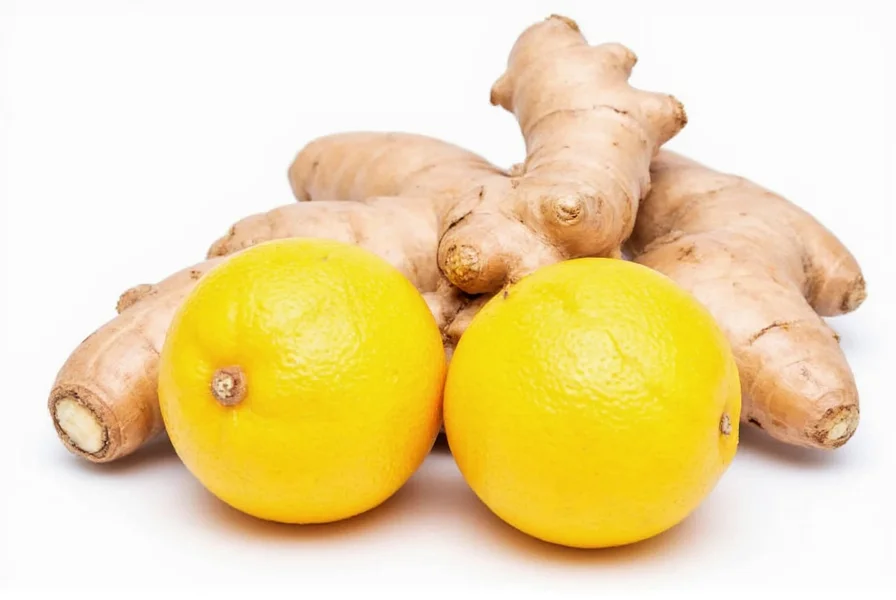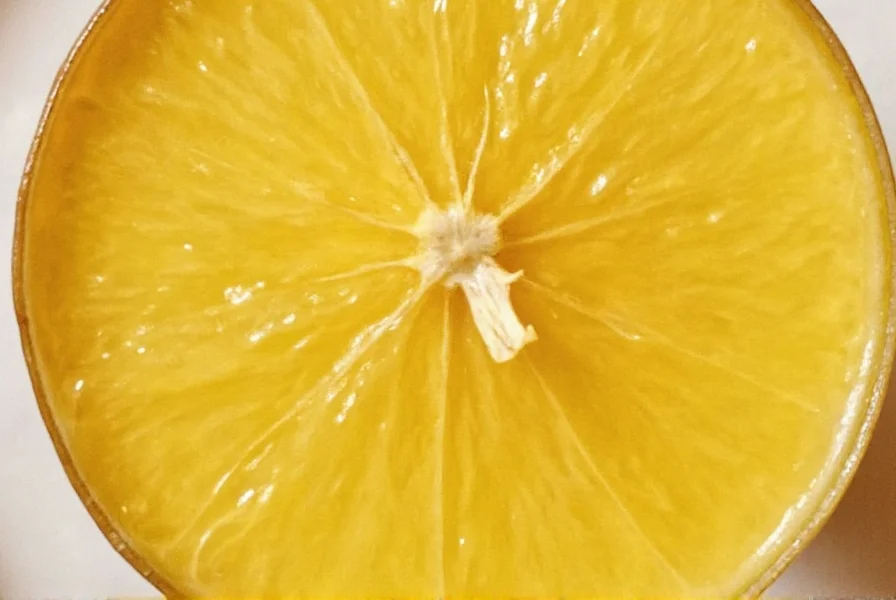Understanding what does ginger root taste like requires experiencing its complex flavor profile that engages multiple taste receptors simultaneously. This versatile rhizome delivers an initial burst of citrus-like freshness followed by a building warmth that tingles rather than burns, distinguishing it from辣椒 or black pepper. The complete sensory experience includes aromatic top notes with subtle hints of lemon and pine that complement its signature heat.
The Science Behind Ginger's Unique Flavor Profile
The distinctive ginger root taste description centers around bioactive compounds called gingerols, particularly 6-gingerol, which account for approximately 70% of fresh ginger's pungency. When ginger is dried or cooked, these gingerols transform into shogaols, which are nearly twice as pungent. This chemical transformation explains why fresh vs dried ginger taste differs significantly in both intensity and character.

Factors That Influence Ginger's Flavor
Several elements affect how does raw ginger taste in your mouth:
| Factor | Effect on Flavor | Best For |
|---|---|---|
| Age of ginger | Young ginger: milder, juicier, less fibrous Mature ginger: more intense heat, woody notes | Young: salads, pickling Mature: cooking, baking |
| Preparation method | Grated: maximum heat release Sliced: milder infusion Juiced: concentrated flavor | Grated: stir-fries Sliced: teas, braises |
| Geographic origin | African ginger: sharper heat Indian ginger: earthier, more floral Chinese ginger: balanced heat and aroma | Varies by recipe requirements |
Fresh Ginger Root Flavor Profile Breakdown
When evaluating ginger root flavor characteristics, consider these distinct elements:
- Initial impression: Bright, citrusy top notes with subtle floral hints
- Middle palate: Building warmth that spreads across the tongue
- Finish: Clean, slightly sweet aftertaste with lingering warmth
- Mouthfeel: Slightly fibrous texture with refreshing astringency
This multi-dimensional experience makes ginger unique among spices. Unlike capsaicin in chili peppers that creates a burning sensation primarily at the back of the throat, ginger's heat activates TRPV1 receptors throughout the entire mouth, creating a more distributed warming sensation.
Fresh vs Dried Ginger: Critical Taste Differences
One of the most frequently asked questions is about the difference between fresh and dried ginger taste. The transformation during drying significantly alters the flavor chemistry:
- Moisture content: Fresh ginger contains about 80% water, while dried ginger has less than 10%, concentrating flavors
- Chemical changes: Gingerols convert to more pungent shogaols (up to 2x hotter)
- Flavor balance: Dried ginger loses some citrus notes, gaining woody, camphorous elements
- Sweetness: Fresh ginger has subtle natural sugars that diminish during drying
Professional chefs often note that what does young ginger taste like differs from mature varieties - younger rhizomes have thinner skin, higher moisture content, and a more delicate, almost apple-like freshness with minimal fibrousness.
Ginger Compared to Similar Rhizomes
Many confuse ginger with related plants, but ginger root taste compared to turmeric reveals significant differences:
- Ginger vs Turmeric: Turmeric has earthy, bitter notes with minimal heat (curcumin vs gingerols)
- Ginger vs Galangal: Galangal offers sharper, pine-like notes with less sweetness
- Ginger vs Horseradish: Horseradish delivers immediate, sharp heat that dissipates quickly
These distinctions matter significantly in culinary applications. While turmeric provides color with minimal heat, ginger delivers the signature warming sensation that defines many Asian and Caribbean dishes.
Culinary Applications Based on Flavor Profile
Understanding fresh ginger root flavor profile helps determine optimal usage:
- Raw applications: Grated into dressings, smoothies, or sushi accompaniments for bright heat
- Cooked applications: Sliced or smashed for soups, stews, and braises to infuse warmth
- Baked goods: Dried ginger provides more concentrated spice in cookies and cakes
- Beverages: Fresh ginger creates vibrant, zesty teas while dried offers deeper warmth

Common Misconceptions About Ginger's Taste
Several myths persist about ginger root taste characteristics:
- Misconception: Ginger's heat is similar to chili peppers Reality: Ginger creates warming sensation rather than burning pain
- Misconception: All ginger tastes the same regardless of origin Reality: Soil composition and climate create significant flavor variations
- Misconception: Older ginger is always better Reality: Younger ginger works better for raw applications while mature suits cooking
How to Select the Best-Tasting Ginger
For optimal fresh ginger root flavor profile, choose rhizomes with:
- Firm, taut skin without wrinkles or soft spots
- Smooth texture with minimal branching
- Strong, clean aroma when scratched
- Heavy feel for its size (indicates high moisture content)
Store ginger in the refrigerator's crisper drawer for up to three weeks, or freeze for longer storage without significant flavor degradation. Proper storage preserves the delicate balance of ginger root taste description elements that make it so valuable in culinary applications.
Frequently Asked Questions
Why does ginger taste spicy but not hot like chili peppers?
Ginger's spiciness comes from gingerols that activate warmth receptors (TRPV1) differently than capsaicin in chili peppers. This creates a building, pervasive warmth rather than the sharp, localized burning sensation of chilies. The sensation spreads throughout the mouth and throat with a cleaner finish.
Does ginger taste bitter when cooked too long?
Yes, prolonged cooking can cause ginger to develop slightly bitter notes as its delicate volatile compounds break down. For optimal flavor, add fresh ginger during the last 5-10 minutes of cooking. Dried ginger is more heat-stable and can withstand longer cooking times without bitterness.
How does ginger's taste change as it ages in storage?
Fresh ginger gradually loses moisture and volatile compounds during storage. Within 2-3 weeks, it becomes slightly more fibrous and develops stronger woody notes while losing some citrus freshness. Properly stored (in a paper bag in the refrigerator crisper), ginger maintains good flavor for 3-4 weeks before significant degradation occurs.
Why does my ginger taste different from store to store?
Ginger's flavor varies significantly based on growing region, soil composition, harvest time, and storage conditions. African ginger tends to be sharper, Indian varieties more floral, and Chinese ginger offers balanced heat. Even within the same store, ginger from different shipments can taste noticeably different due to seasonal variations.











 浙公网安备
33010002000092号
浙公网安备
33010002000092号 浙B2-20120091-4
浙B2-20120091-4